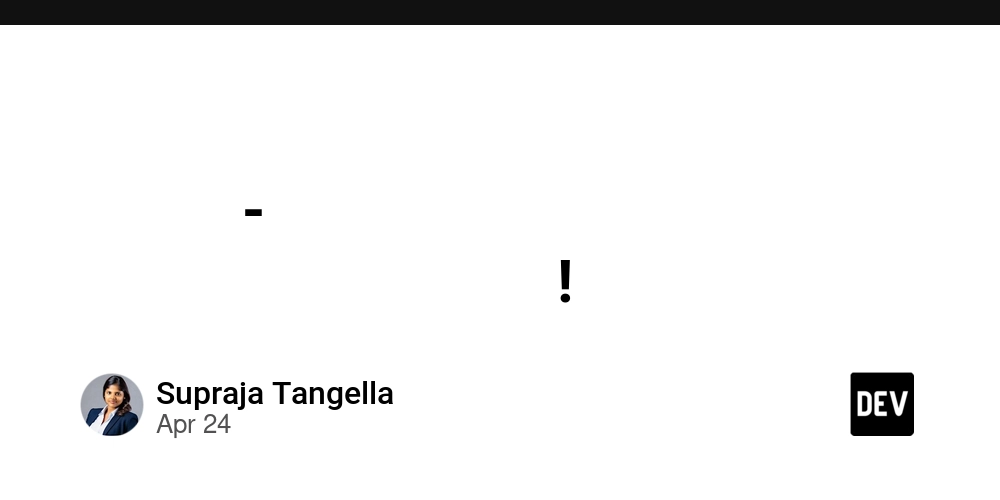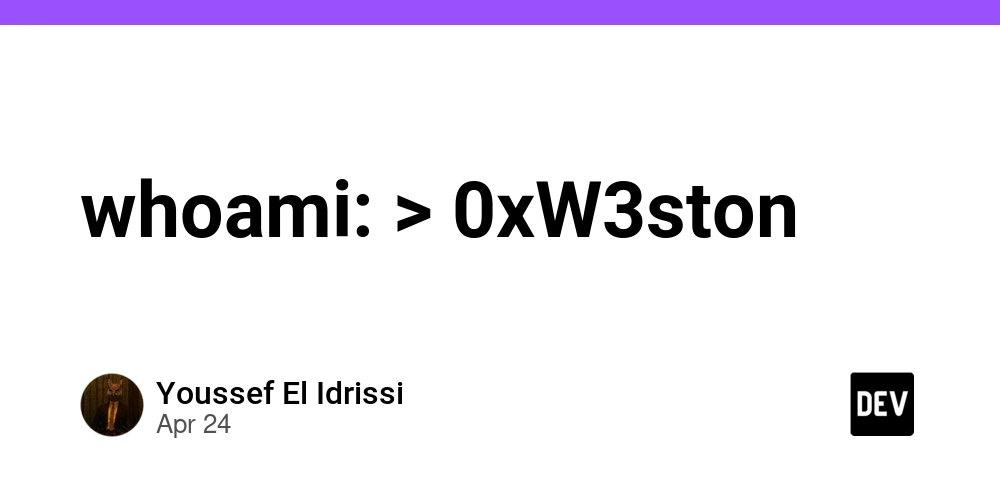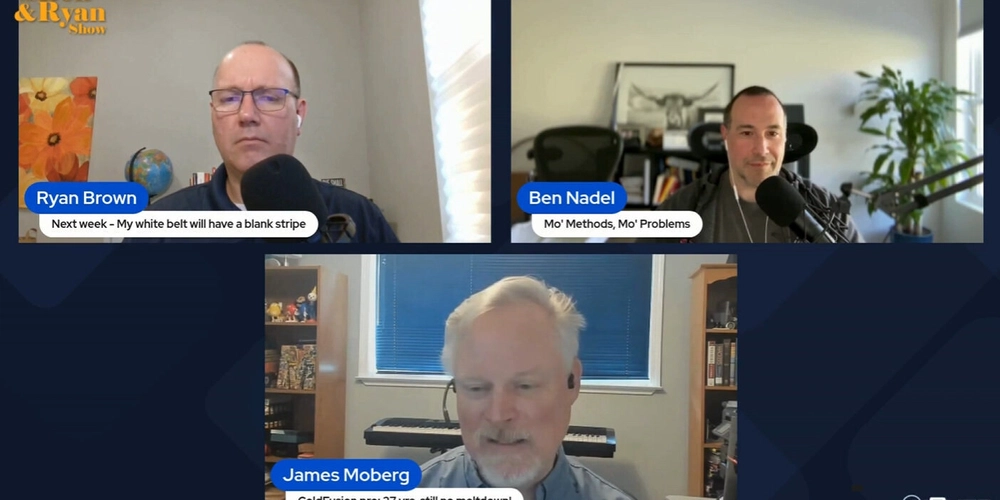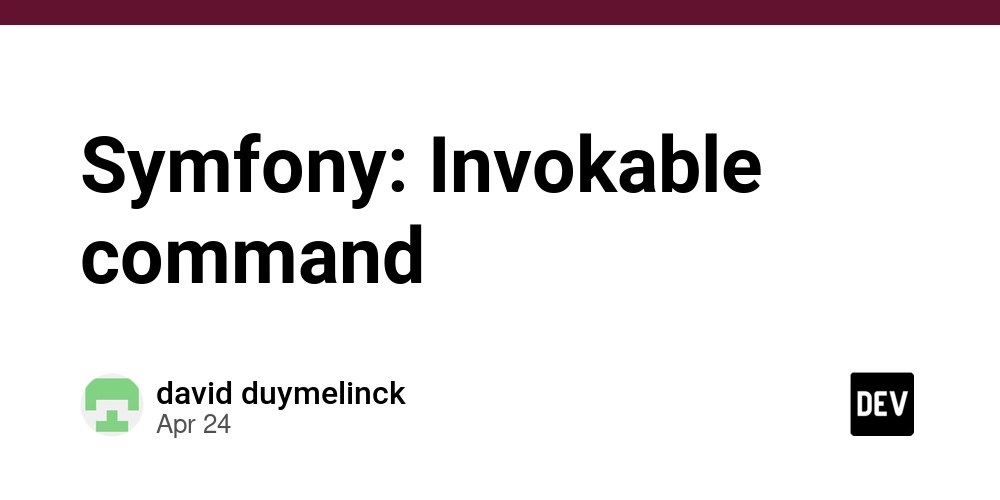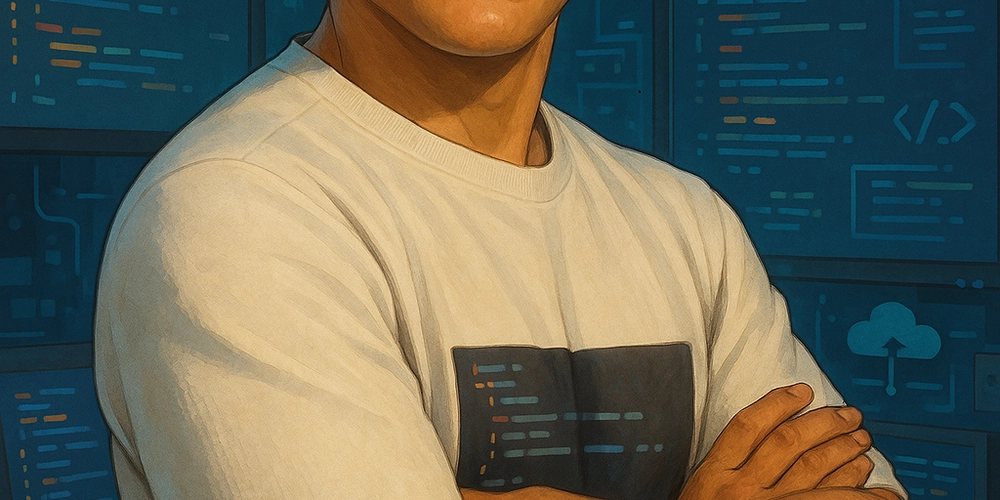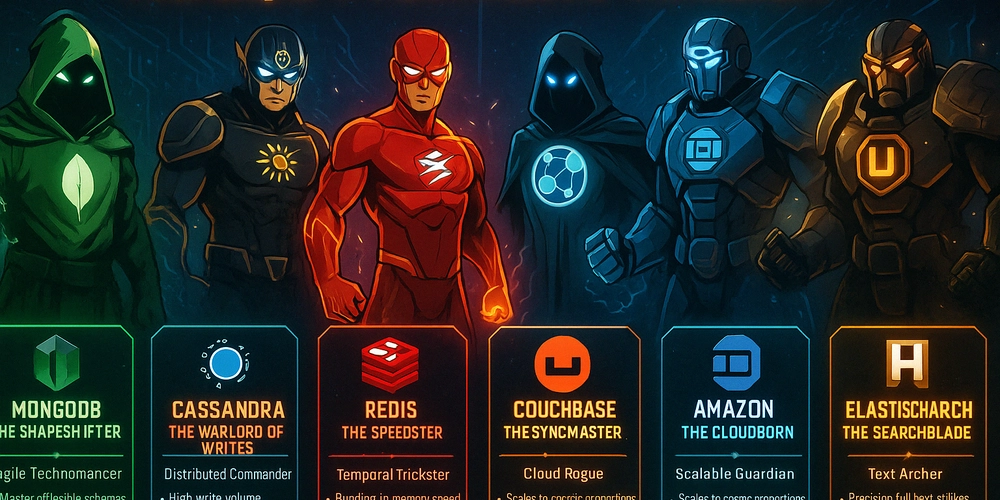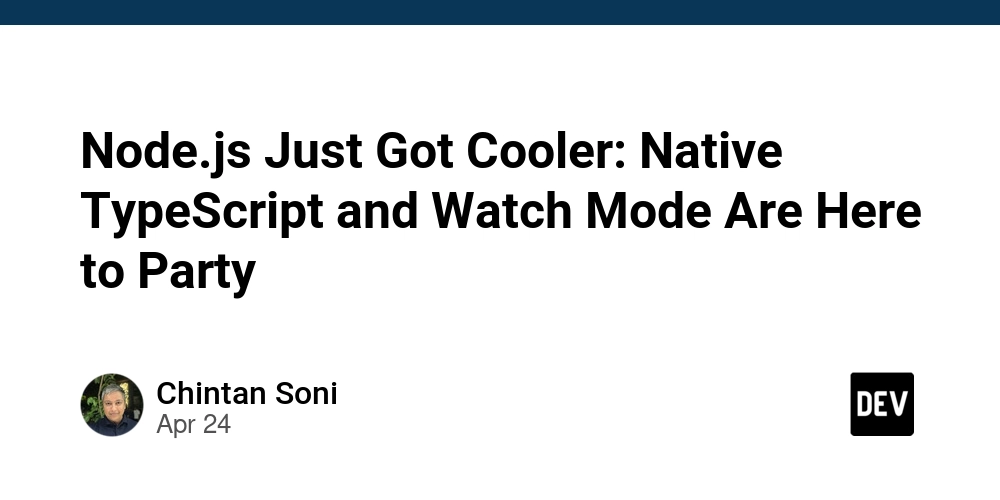
SolidJS: A Decade of Disrupting the JavaScript Framework Landscape
Seven years ago, SolidJS emerged, not from a grand plan, but from a developer's "itch" to challenge the status quo of fine-grained reactivity. Now, after a decade of relentless innovation, SolidJS has not only proven its mettle but has also reshaped the very foundation of modern JavaScript frameworks.
From Skepticism to Open Source: The Genesis of SolidJS
Initially, open source felt cumbersome. The comfort of .NET's IntelliSense was hard to shake. However, the ability to "view source" reignited the spark of web development's early days, leading to contributions and the creation of libraries like component-register and webcomponent-router.
React's Rise and the Doubts That Fueled Innovation
The hype around React in 2015 sparked a critical question: "How could this be the best way?" The constant re-sending of data felt inefficient. This challenge ignited the development of what would become SolidJS, a reactive library built on composable Signals, without a Virtual DOM.
The Birth of a Framework: Performance-Driven Development
Born from late-night tinkering, SolidJS was initially housed in a private BitBucket repository. Early versions resembled Vue, but with composable Signals instead of configuration objects. Through relentless benchmarking and API refinement, SolidJS evolved to outperform popular solutions by early 2018, marking its official public release.
Legitimacy and a New Mission of Fine-Grained Model
Despite initial accusations of "cheating" in benchmarks, SolidJS persevered, and within a year, it legitimately reached the forefront. The unveiling of React Hooks in October 2018 became the catalyst for a new mission: demonstrating the power and versatility of a fine-grained reactivity model without relying on a Virtual DOM.
SolidJS successfully implemented features like Suspense, Transitions, HMR, SSR, Hydration, and Streaming, proving the fine-grained model's capabilities.
Overcoming Resistance: Spreading the Word About SolidJS
Early attempts to promote SolidJS on social media met with skepticism and hostility. Accusations of self-promotion and a general fatigue with new frameworks created significant headwinds. However, by building and learning in public, the core message began to resonate: fine-grained rendering with Signals offered superior performance and developer experience.
Building an Ecosystem: Finding Allies and Community
SolidJS thrived through collaboration. The project found support from individuals and through initiatives like hackathons and a fellowship program. Support from content creators and conference speakers played a crucial role in spreading awareness.
The Signal Revolution: SolidJS's Impact on the Frontend Landscape
What started as a contrarian idea has now become a dominant trend. Framework authors recognized the power of Signals, leading to their adoption in Angular, Qwik, Vue (with Vue Vapor), and Svelte (with Svelte Runes). Even a TC-39 proposal for Signals exists. This shift validates the core principles of SolidJS!
Beyond the Virtual DOM: The Future of SolidJS
While others adapt to SolidJS's approach, the focus shifts to exploring the unique capabilities unlocked by its fine-grained reactivity model. The journey is far from over. By focusing on what makes the model unique, SolidJS aims to make web development even better.


